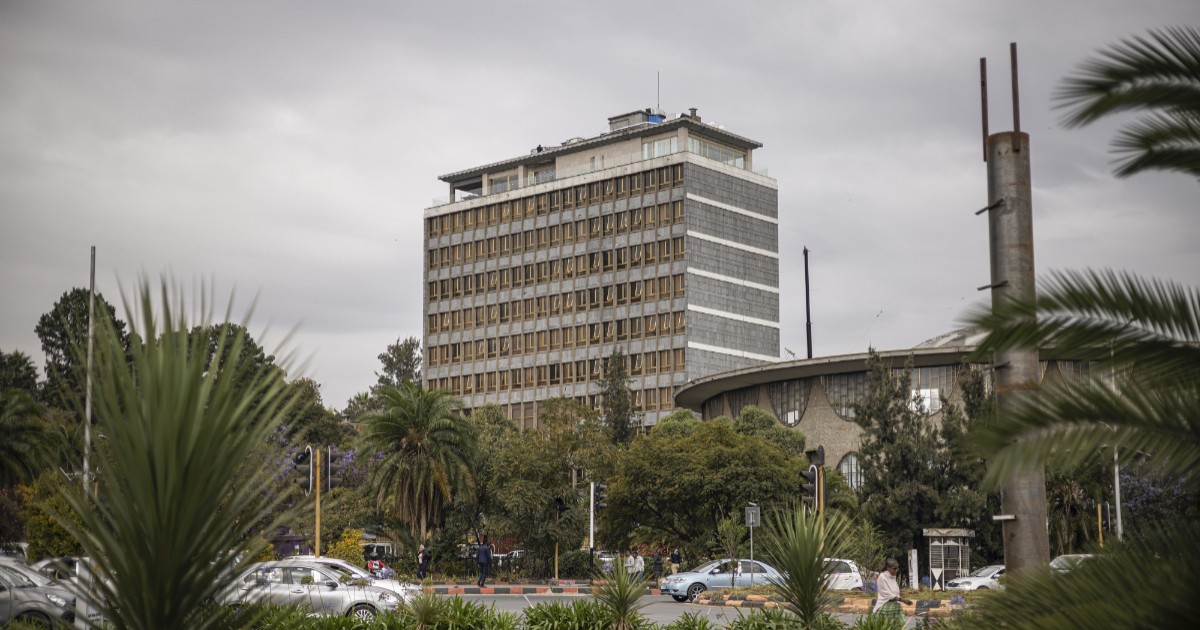The forecast was unveiled during the government’s 100-day macroeconomic performance review, which assessed both global trends and the nation’s quarterly outcomes.
The country’s growth trajectory, officials noted, is underpinned by diversification, with agriculture contributing 31.3%, industry 30.2%, and services 39.6% to national output.
“The coming year’s 10.2% growth target reflects Ethiopia’s resilience and the momentum of our structural transformation,” a government representative said during the review.
“Our focus on industrialisation, energy expansion, and value addition continues to pay off.”
Among the major growth drivers is the completion of the Grand Ethiopian Renaissance Dam (GERD), a $4.8 billion megaproject expected to boost power generation, exports, and industrial productivity.
Other flagship initiatives, including new fertiliser plants and natural gas projects, are also set to enhance the country’s manufacturing base.
The agriculture sector is projected to grow 7.8%, supported by improved input supply and productivity, while the industrial sector is expected to expand 13.2%, buoyed by manufacturing and mining growth. Services are forecast to increase 9.3%, fueled by digital finance, transport, and tourism.
In the first quarter of the fiscal year, commodity exports surpassed $2.5 billion, outpacing previous targets, while loan disbursements rose 113% year-on-year, a clear signal of rising private-sector confidence. Digital transactions also surged, totaling roughly $114 billion in just three months.
With reforms deepening and major projects maturing, Ethiopia appears on track to cement its role as a pan-African growth leader, showcasing how strategic investments and policy alignment can drive inclusive and sustainable transformation across the continent.
